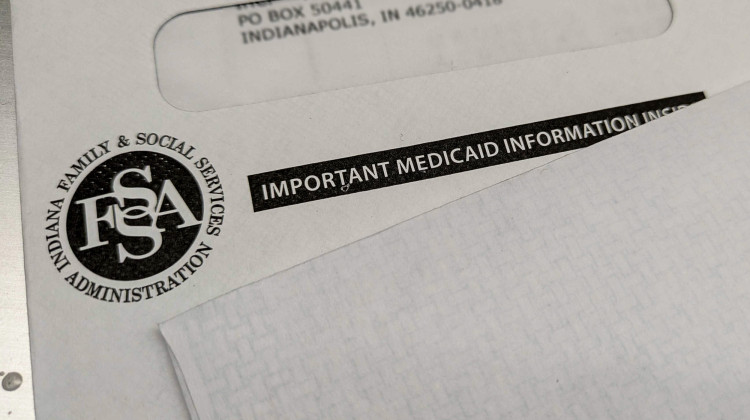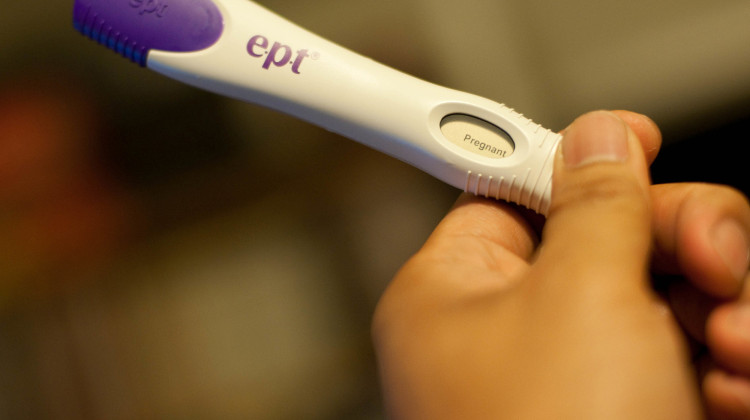
The 2021 data represents the largest year to year drop in adolescent substance use in the 46 years the survey has been conducted. Lead researcher Richard Miech said the pandemic may have been a contributing factor in the significant decrease.
(Krystian-Graba/Pixabay)Substance use among teens decreased in 2021, according to data from a new national survey.
The Monitoring the Future Survey is conducted annually by researchers at the University of Michigan and funded by the National Institute on Drug Abuse.
The survey asks students in grades 8, 10 and 12 to self-report their substance use behaviors over the past 30 days, 12 months and lifetime. Data was collected from February through June 2021.
The 2021 data represents the largest year to year drop in adolescent substance use in the 46 years the survey has been conducted, said lead researcher Richard Miech, professor at the University of Michigan Institute for Social Research.
“Marijuana use, alcohol, nicotine, vaping — the prevalence was about 25 percent lower this year than it was in 2020,” Miech said.
In 2021, 32 percent of 12th graders, 19 percent of 10th graders, and 10 percent of 8th graders said they used illicit drugs in the past year. Compared to 2020, that represents a decline of 5 percentage points for 12th graders; 12 percentage points for 10th graders; and 5 percentage points for 8th graders.
Illicit drug use is defined as use of marijuana, LSD or other hallucinogens, cocaine, or heroin; or any use of narcotics, amphetamines, sedatives or tranquilizers not under a doctor’s orders.
Miech said the pandemic may have been a contributing factor in the significant decrease.
“If you stick your kid at home all day, and you don't let them out, they have much less opportunity to use drugs,” Miech said.
Miech said the survey also shows a decrease in the number of teens who reported using drugs for the first time.
“So if you look at the declines in marijuana use and alcohol use and vaping, it's not so much that kids who have a history of using these products are showing cessation,” he said. “It’s more that, many kids have just never started using any of these drugs in the first place.”
NIDA director Dr. Nora Volkow said she is pleasantly surprised by the decrease in substance use among teens — especially since drug overdose deaths in the U.S. are on the rise. During the 12-month period between April 2020 and April 2021, more than 100,000 people died from drug overdoses — a 28.5 percent increase compared to the previous year.
“Many people are taking drugs, alcohol is going up, marijuana is going up,” Volkow said. “And yet teenagers are showing these decreases.”
Volkow said this year’s survey shows how important social interactions are in teen substance use. She said this study can be used to better implement drug prevention measures in the future.
This year, researchers surveyed more than 32,000 students enrolled at 319 schools across the country.
In a typical year, the survey would be administered at school. Due to the pandemic, this year’s survey was conducted online — 40 percent took the survey at school and 60 percent took it at home. Students who took the survey at home reported lower rates of substance use than students who completed the survey at school.
The 2020 survey was cut short by the COVID-19 pandemic. Researchers collected data from school students before closures took effect. Those surveyed represented about 25 percent of a typical year’s collection, and the results were weighted to be nationally representative.
Miech said researchers wondered whether students responding to the survey from home this year may not have been honest about their substance use — if they did not have privacy or were worried their parents would see their answers. But in addition to reporting lower rates of drug use, students at home reported higher levels of social distancing, including lower rates of socializing with friends.
“So when you take that into account, that accounts for much of the difference between the prevalence levels of drugs among kids who were at home as compared to those who are at school,” Meich said. “...They were at home all day. So you would expect them to have lower levels of drug use because they weren't able to see their friends [and] go to parties.”
Notably, the 2021 decrease in teen vaping — for both marijuana and tobacco — is “the largest decrease in vaping that we have seen in a year,” Volkow said, following sharp increases between 2017 and 2019, which leveled off in 2020.
Volkow said she is concerned about the toll of the pandemic on children’s mental health, which could have lasting impacts and lead to an increase in substance use down the road.
In 2021, students across all age groups reported moderate increases in negative mental health indicators, including feelings of boredom, anxiety, depression, loneliness, worry and difficulty sleeping.
“All those sensations have been shown to increase the risk of drug taking as a means to try to escape that state,” Volkow said.
This story comes from Side Effects Public Media — a public health news initiative based at WFYI. Follow Darian on Twitter: @HelloImDarian.
9(MDAyMzk1MzA4MDE2MjY3OTY1MjM5ZDJjYQ000))
 DONATE
DONATE






 Support WFYI. We can't do it without you.
Support WFYI. We can't do it without you.